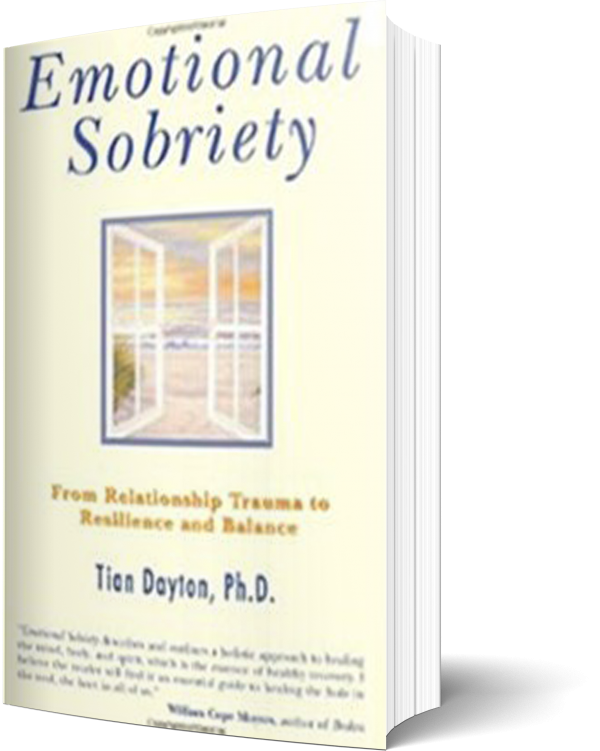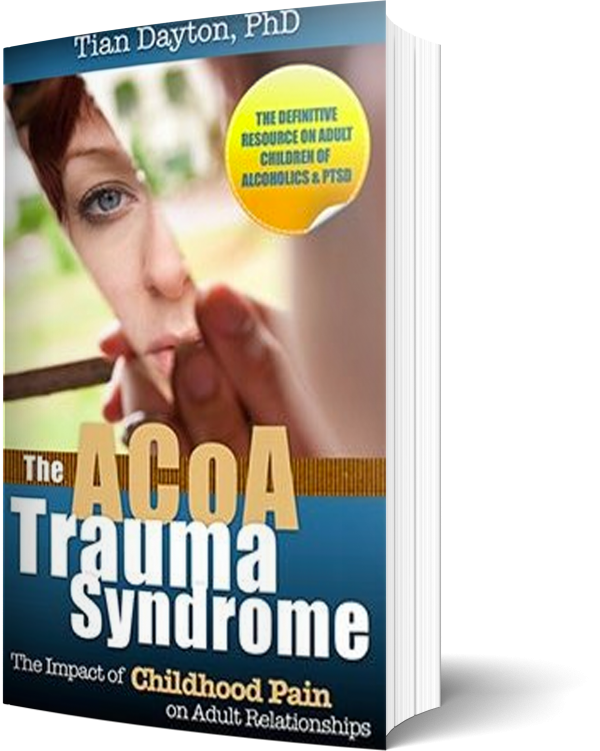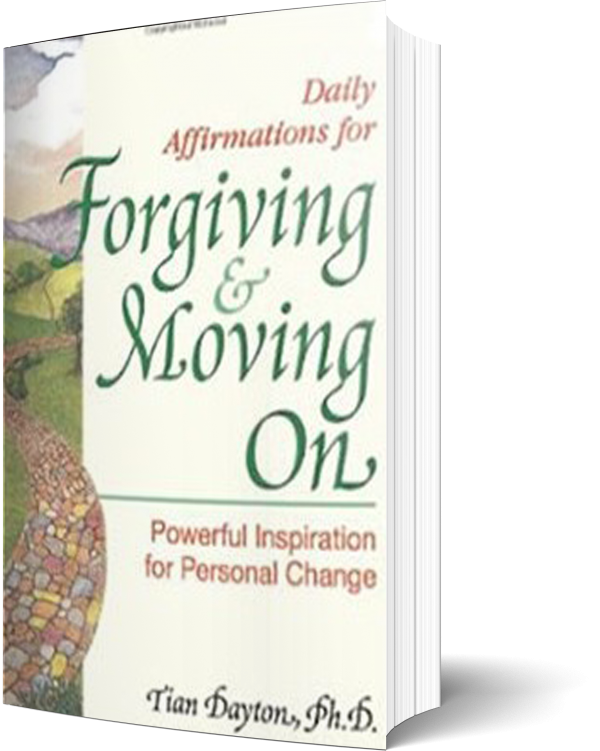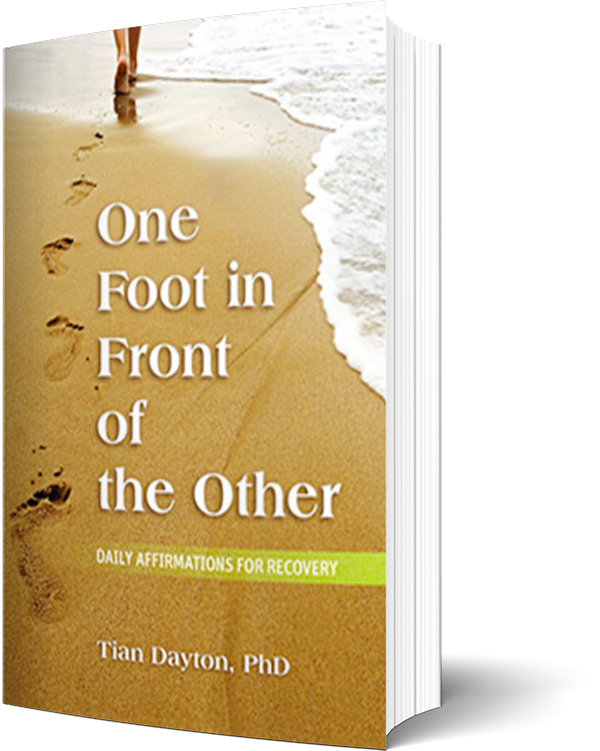It has long been understood in the vernacular of the addictions field that an addict, whose life has become “unmanageable” through excessive use of drugs and alcohol may be trying to drown emotional and psychological pain. However, while initially, addicts may feel they have found a way to manage a pain-filled inner world, this synthetic form of mood management can and often does lead to addiction.
And for the child growing up around addiction, who feels unable to bring order to chronic chaos, growing up in a family like this can become traumatic. Chronic tension, confusion and unpredictable behavior, as well as physical and sexual abuse are typical of addictive environments and can create trauma symptoms. Feelings of fear, frustration, shame, inadequacy, guilt, resentment, self-pity and anger mount, along with rigid defense systems.
HOW GROWING UP WITH ABUSE AND ADDICTION
AFFECTS DEVELOPMENT
Development in the young child is a continuous interaction between the child and their primary caretakers. The hardwiring of the child’s brain is set up through countless, tiny interactions. The manner in which the child is treated affects who the child becomes and the ever-growing and changing child in turn affects the caretaker’s response. This synergy creates a fluid rather than static picture of development. Imagine then how addiction and trauma affect each aspect of the child’s developing personality. Factors that influence a child’s response to a traumatizing family environment are 1) the child’s stage of development 2) the child’s organic structure and 3) the available support network of the child. Young children are particularly vulnerable to developmental deficits as their personalities are yet relatively unformed and there primary support network is the family, which, in the case of abuse and addiction, is causing them damage. They may be forced to contort their personalities in a variety of ways to maintain a sense of connection and some semblance of stability. They live in two worlds: sober/using. In addicted or abusive families there is a front-stage that appears to the world and a backstage that often remains hidden and the rules, morals, thinking, feeling and behavior are often different for both.
THE EFFECT OF TRAUMA ON THE FAMILY
A family that is containing trauma in the form of addiction or abuse can produce relationship dynamics that perpetuate relationship trauma. According to Steven Krugman, the impact of trauma on the family system has three main components. First is constriction leading to enmeshment; second is avoidance leading to disengagement andthird is impulsive behavior leading to chaos.
Constriction of emotional and psychological expression can make the authentic expression of pain feel threatening. Family members learn not to talk about what’s going on right in front of them. They learn to hold on to painful emotion that could “rock the boat.” In avoidance, family members see the solution to keeping pain from their inner worlds from erupting as avoiding subjects, people, places and things that might trigger it. This leads to an emotional disengagement among family members. With impulsive behavior that leads to chaos, that inner world is surfacing in action. Painful feelings that are too hard to sit with explode into the container of the family and get acted out in dysfunctional ways that engender chaos.
Constriction, avoidance and impulsive behavior are dysfunctional attempts at dealing with pain. This family becomes fertile ground for producing trauma-related symptoms in its members. In addition, it’s strict taboos against genuine and authentic expression of the emotional pain and psychological angst that family abuse is engendering, assure that pain does not get talked about. Consequently, it does not get processed, worked through and put into any context that might allow family members to move through it. Rather, it sits within the family system, a buried land mine waiting to explode when it gets stepped on.
It is no wonder that families such as these produce a range of symptoms in its members that can lead to problems later in life. This is how the mantle of dysfunction gets passed down through the generations.
The following are some of the symptoms that may develop and be carried into adulthood:
1. Learned helplessness
2. Hypervigilance
3. Depression
4. Anxiety
5. Numbness
6. Traumatic Bonds
7. Loss of ability to take in support
8. Cycles of reenactment
9. Loss of ability to modulate emotions
10. Emotional triggering
11. Loss of trust and faith
12. Survival guilt
13. High-risk behaviors
14. Development of rigid psychological defenses
15. Desire to self-medicate
16.Relationship Issues
17. Problems with self-regulation
In my clinical work, I observe that PTSD symptoms in children who grew up with addiction and dysfunction can appear to lie dormant for many years.
Oftentimes, clients arrive at my office in their mid-thirties feeling that something is missing, that they have a sort of inner wound that isn’t really healing. The traumatic memories are often getting re-stimulated when clients again attempt to enter intimate relationships where the very attempt at deep connection brings up old, unresolved pain around intimate/family relationships.This is what PTSD is, pain from a previous trauma is emerging days, months or even years after the fact in a post traumatic stress reaction.
TRAUMATIC MEMORY
Because of the way our brain stores them, traumatic memories do not get “thought about” reflected upon and put into some sort of context. The defenses that get engaged during situations of threat are fight, flight and freeze; all of which are associated with the amygdala or the “old” part of the brain. The cortex, which is where thinking, reasoning and long range planning take place, was developed later in human evolution. That’s why when we’re “scared stiff” or “struck dumb” the content of the experience that would normally get thought through and placed into memory storage, gets more or less flash frozen instead.
Because these memories are stored in the cells of the body as well as the mind, these unintegrated memories may resurface in the form of somatic disturbances such as headaches, back problems, and queasiness or as psychological and emotional symptoms such as flashbacks, anxiety, sudden outbursts of anger, rage or intrusive memories. The person experiencing this may find him or herself in an intense bind in which traumatic memory stimulates disturbing physiological sensations AND disturbing body sensations stimulate traumatic memory. This can create a sort of black hole, an internal combustion that can send a client into an ever-intensifying downward spiral that becomes fraught with fear and anxiety. Clients may experience this as panic, feeling “stuck”, intense fear or being flooded with feelings and/or memories.
Creative approaches such as guided imagery and journaling have been very successful in helping those who carry these kinds of wounds to give a voice to a part of themselves that they may have silenced.As they journal, emotions come pouring forward. As they do, the part of us that thinks and reasons can see old childhood pain through more mature adult eyes. Guided imageries tach the processing of painful emotions along with vital skills of self soothing and self care. This, along with group therapy, is a model that I have used in addictions facilities to treat these sorts of issues, guided imagery and journaling are also portable, they can be used at home. for more information log onto relationshiptraumarepair.com





